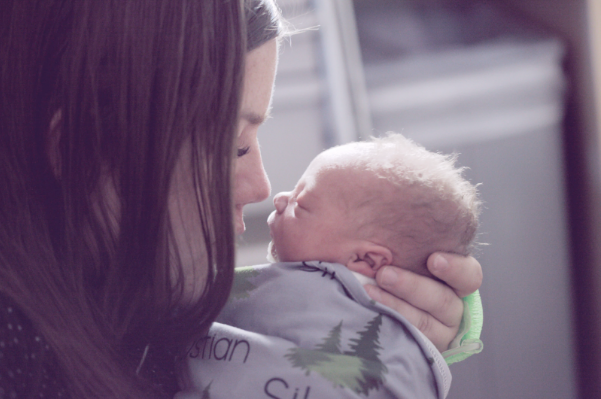Get Back In Shape With These Postpartum Exercises

When you've just given birth, your body can feel like a foreign object to you. You're healing at the same time as emotionally and mentally expanding as you find a rhythm with your new family member. It can be hard to know what to do to support your body at this time. You know you need to be eating well, staying hydrated, and moving gently, but with a newborn in the house, these goals can be tough to reach. The following will explore just one aspect of postpartum care: exercise.
Don't Start Until You Feel Ready
While it's nice to have guidelines, everyone's body is different and everyone recovers at a different pace. If you had an uncomplicated pregnancy and vaginal delivery, it's possible to start exercising a few days after giving birth. If you've had complications, extensive vaginal repair, or a c-section, you might want to speak to a healthcare practitioner about when you can begin again. Always listen to your body; if you don't feel ready to exercise, that's okay. Trust your instincts.
The Pelvic Tilt
One common postpartum exercise is the pelvic tilt. Since so many women experience diastasis recti after birth, this little exercise can be helpful. The movement involves lying on your back with your knees bent and your feet on the floor. Press your lower back against the floor; this will involve tightening your stomach muscles and tilting your pelvis slightly.
This exercise seems simple, but if it's done five to twenty times (listen to your body when selecting how many sets you want to do) for ten seconds at a time, it can help strengthen your stomach muscles which may be sitting unusually like in the image above (diagram source here).
The Happy Baby Yoga Pose
The happy baby yoga pose is excellent to help relax your muscles and gently stretch them if your pelvic muscles have tightened and become painful after birth. The pose involves lying on your back and lifting your knees to your chest. Hold onto the outside of your feet or ankles (right hand on the right foot, left hand on left foot). Let your knees fall open, ideally wider than your hips, and try to keep the soles of your feet parallel to the floor. Pay attention to your pelvic muscles and breathe deeply.
Kegels
Toning your pelvic floor after birth can help support the uterus, bladder, rectum, and small intestine. For women who are struggling with urinary or anal incontinence (which is common after birth), the contraction of pelvic floor muscles can help rebuild strength. Imagine you're urinating and then trying to stop the stream; those are your pelvic floor muscles. Hold for 10 seconds and release. Rest between each rep for at least ten seconds. It's important to note that you should not attempt to do this while urinating.
The above exercises are light and specifically focused on postpartum body needs. It's absolutely critical that if you're struggling with emotions that are negatively impacting your day, you speak to someone. The hormonal hurricane that is postpartum can result in a wide variety of emotional experiences; sometimes, these experiences can be tough. Feelings of depression, anxiety, futility, meaninglessness, emptiness, loneliness, regret, disassociation, disconnection, or disappointment are common, but this does not mean they should be ignored. Speak to someone if you are feeling low. Find someone you can trust and share your experience. Ask for help if you need it. Contrary to societal representations of women, no one can do it all. It's okay to lower your expectations of yourself as you heal and build a bond with your new family member.
© 2024 ParentHerald.com All rights reserved. Do not reproduce without permission.
* This is a contributed article and this content does not necessarily represent the views of parentherald.com
